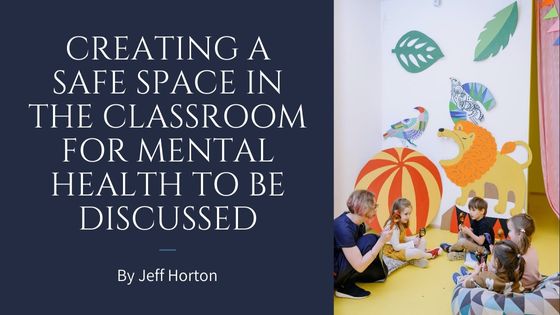Social and emotional learning (SEL) is crucial to human development. It is how humans learn to regulate emotions, develop healthy identities, accomplish personal and group objectives, feel and demonstrate empathy for others, and build and sustain supportive relationships. SEL promotes educational excellence through school-family-community collaborations.
Schools have started to recognize the importance of social-emotional learning in the past few years. This process involves teaching students how to manage and understand one’s emotions. As social-emotional learning has grown, so has the need for safe school spaces. These are places where children can gather to recharge and calm down. Children can’t learn if they’re not in a safe and comfortable environment. Having a safe space can help them return to a state of relaxation and allow them to focus on learning. These spaces can also help children develop their social-emotional skills and provide them with the necessary tools to manage their emotions.
Although safe spaces can be useful for all children, they can be enormously beneficial for kids with high levels of trauma or stress. They often come to school feeling scared, angry, or sad. Having a safe space can help these kids relax and focus on learning.
A safe space doesn’t have to be fancy. It can be just a tiny classroom corner providing children with a warm and comfortable environment. Before planning a safe space, ask your students to help you create it. You can also choose comfortable seating options such as bean bag chairs and stress balls. You can add books, pillows, and stuffed animals to the space. You can also create a variety of activities and posters that can help children relax and take care of themselves in this area.
One of the most important factors to remember when implementing a safe space is not to use it as a time-out. Students should only use it when needed, and you should not command them to go there. Invite them if you think a child might benefit from using the space.
There are many safe space methods, but conscious discipline is one of the most effective. The goal of conscious discipline is to provide a safe environment for children while walking them through three steps: I Calm, I Feel, and I Choose. The first step is to identify the feeling that caused their upset state, while the second is to decide on a strategy to manage it. Activities help children stop their brain’s fight or flight response and allow them to move on to the next step in their self-regulation process.

